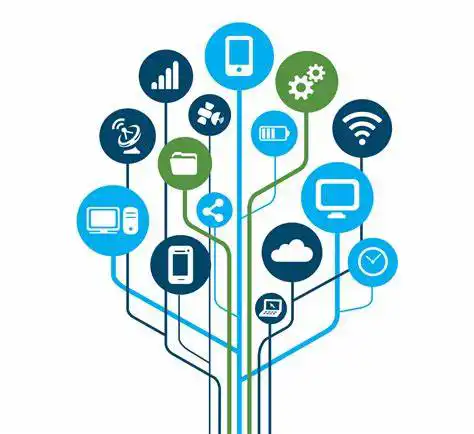Remote Work Rise
The trend of remote work has been gaining immense traction over the last few years. Rapid advancements in technology have allowed companies to trust and rely on remote work, leading to a significant increase in the viable professions for remote work. Many employees have essentially transferred their workstations from an office environment to virtual platforms.
New-age professions such as digital marketing, graphic design, programming, content creation, and much more, have pushed forward the culture of remote work. Many businesses hire globally distributed teams, putting the spotlight on the normalization and acceptability of remote work.

The COVID-19 pandemic in 2020 led to a sharp increase in remote work. With movement restrictions in place, many businesses had to resort to shifting operational models to stay afloat. Thus, remote work solidifide itself as a mainstay rather than just a passing trend.
The upsurge of remote work has also prompted several studies about its effectiveness. With contradicting opinions, it's clear that there are both benefits and downsides to remote work.
Positives and Negatives of Remote Work
Remote work does bring about significant advantages. The flexibility it offers has become an attractive point for many employees. There's a lot to be said about the ability to work from anywhere, to choose one’s work hours, and avoid lengthy office commutes.
Additionally, remote work opens the job market to those who may experience difficulties working in traditional environments. This includes individuals living in remote areas, stay-at-home parents, people with disabilities, and others. Thus, it offers an inclusive employment space.
However, remote work presents challenges too. Despite having communication tools, interaction between colleagues can be strained. There's also the potential for employees to feel detached or isolated. Work-life balance may also be impacted as the line between personal and professional life blurs.
Further, without routine face-to-face interactions, the scope for non-verbal communication shrinks. Thus, remote work motivates employers to implement regular check-ins, build robust communication channels, and construct tangible team-building exercises.
Companies Adapting to Remote Work
As the popularity of remote work continues to rise, companies are making concerted efforts to adapt. This means implementing appropriate technologies, modifying management styles, and fostering work cultures conducive to the remote model.
Frequently, companies use cloud-based platforms like Google Workspace and Microsoft Teams facilitate seamless workflows. As well, virtual collaborative tools such as Asana and Notion are becoming fundamental to maintain streamlined operations.
Companies also need to provide adequate support for employees to work from home with efficiency. This includes investing in proper hardware and software and making sure that employees have the necessary resources to carry out their responsibilities.
Management, under this model, requires leaders to be more attentive. This critical strategy nurtures a sense of connectivity and instills trust among teams.
Future of Remote Work
While it's clear that remote work is here to stay, the exact landscape of remote work in the future is a topic of intense debate. The outbreak of COVID-19 has shown that many businesses can function remotely.
However, it's wise to acknowledge that a fully remote work model might not be feasible for every business. Thus, the future employment landscape may be a hybrid combination of remote and on-site work. This approach seems to balance the need for flexibility and face-to-face interaction.
Moreover, the trend of digital nomads working as they travel is likely to gain steam. With wireless connectivity and portable devices, the world essentially becomes an office for these remote workers.
Ultimately, as technology continues to advance and global circumstances evolve, companies and workers alike must be flexible. The need for adaptability and continual learning will continue to be crucial elements in this new era of remote work.